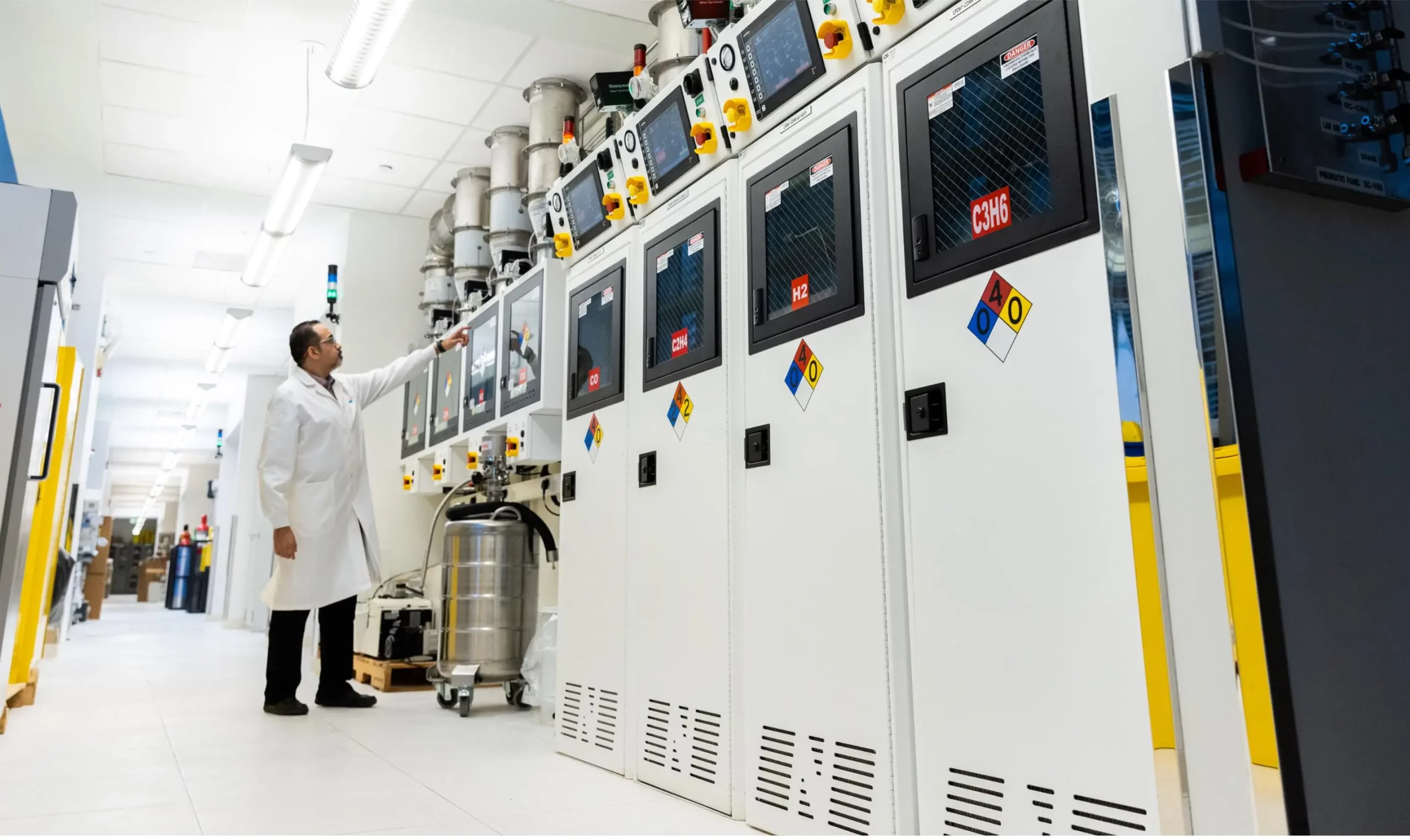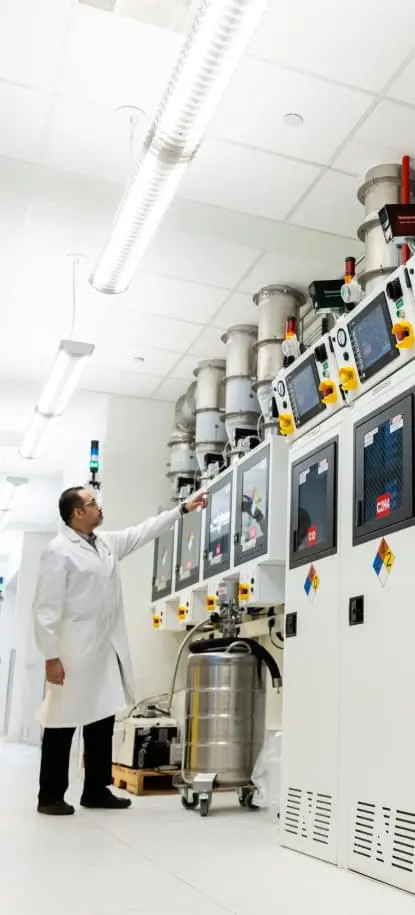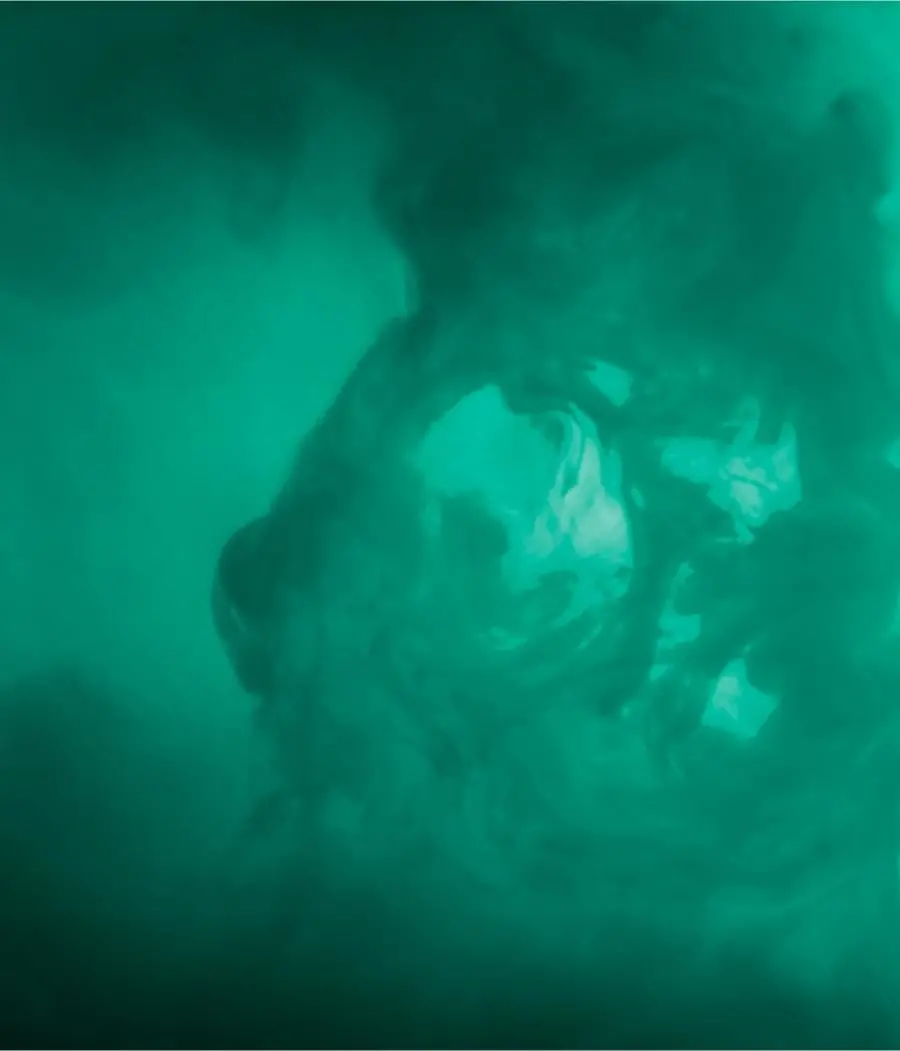




Quick Links:







The use of corrosive, pyrophoric, oxidizing, toxic, or highly toxic gases present many additional hazards other than fire, asphyxiation, or oxygen enrichment. Exposure to some gases may present serious hazards to unprotected personnel.
Exposure to these gases shall be kept as low as possible, but in no case should concentrations exceed occupational exposure levels (OEL) or threshold limit values (TLV). Contact your RST industrial hygienist for information on these exposure limits.

Flammable gases, at normal atmospheric temperature and pressure can ignite and burn when mixed with the proper proportions of air, oxygen, or other oxidizers. Changes in temperature, pressure, or oxidant concentration may cause the flammability range to vary considerably.
Pyrophoric gases, such as silane, germane, phosphine, etc. can spontaneous ignite when in contact with air at ambient temperatures. An even more serious danger is that under certain conditions, a leak of a pyrophoric gas might not immediately ignite but instead form a super- critical-mixture which subsequently can explode violently. Oxidizing gases are those chemicals that initaties or promotes compustion in other materials, therby causing fire either of itself o through the release of oxygen or other gases. The main concern with oxidizers is their compatibilities with other gases. See manufacturers SDS or Appendix 3 to identify the hazards of the compressed gas you are working with. Appendix 3 to identify the hazards of the compressed gas you are working with. Nitrous oxide is an oxidizing gas which has additional risk. When nitrous oxide is heated in an enclosed container, auto-decomposition can lead to explosion. Inhalation of low concentrations of nitrous oxide can lead to euphoria, while higher concentrations mixed with air can induce anesthesia. Corrosive gases are chemicals that cause visible destruction of, or irreversible alterations in, living tissue by chemical action at the site of contact”. Characteristics of which can be; low pH (acidic) or high pH (basic), may react with incompatible materials to produce heat, gas, or fire, and may corrode or degrade materials upon storage, especially metal. Therefore corrosive gases should not be stored for more than a year. Common corrosive gases include ammonia, hydrogen chloride, chlorine, fluorine, and hydrogen fluoride. Water reactive gases are defined as substances that react with water and may release a gas that is either corrosive, flammable, or toxic. The main concern with water-reactive materials is their incompatibility with water vapors.
The handling and use of toxic gases in KAUST requires engineering, design, administrative and procedural controls. The use of any toxic or hazardous gas requires a hazard & risk analysis in close coordination with HSE. During the risk assessment, HSE will review the gas you are using and will assess possible exposures, reaction products and other hazards. In addition to training and SOPʼs, additional mechanical ventilation, gas monitoring, interlocks, abatement systems and segregated storage may be required. Any deviation from these requirements must be specifically approved on a case-by-case basis. Laboratories wishing to move toxic gas usage (and cylinders) from one lab to another must update their standard operating procedures with HSE review.
Always secure gas cylinders and lecture bottles upright (with valve end up) to a wall, bench top, cylinder rack, or post unless the cylinder is specifically designed to be stored otherwise.
Gas cylinders may not be stored on gas carts.
Cylinders must be strapped or chained at, or slightly above, the midpoint. The strap must be tight around the cylinder to prevent it from tipping or moving. Cylinders may not be secured to other cylinders.
Cylinders may be stored outside on a slab if they are protected from the direct rays of the sun. Do not expose cylinders to temperatures above 50°C. Cylinders should not be exposed to conditions that may cause corrosion.
Mark empty cylinders with an “empty” label.
Incompatible gases (flammable – oxidizers – toxics) must be segregated at least 3 meters or by an approved fire barrier.
Always use a suitable cylinder cart for transporting cylinders, with the cylinder securely chained or strapped to the cart.
Do not roll or drag a cylinder to move it or allow cylinders to strike each other or any other surface violently.
To secure the cylinder to a cart, first move the cart within two feet of the cylinder and then slowly walk the cylinder to the cart.
A cart should be used to transport the cylinder short as well as long distances.
Protective valve caps must be secured when moving cylinders. Do not lift or move the cylinder by the cap. Storage
Always ensure the correct regulator, fittings and lines are suitable for the specific gas and operating pressures. Incompatible or damaged fixtures or fittings are a common factor in toxic or hazardous gas related events.
The gas cylinder valve is the primary safety mechanism and is fitted with pressure relief valves of different types (depending on the cylinder) to protect against catastrophic failure of the cylinder valve.
Always protect the valve and ensure it is in excellent condition.
The regulator is another important safety device, allowing for cylinder pressures to be brought to a usable working pressure. Regulators come as single stage for short term applications and two stages for long term applications. Regulators are constructed from brass or stainless steel.
The application will define the required regulator. If you are unsure of which kind of regulator to use, consult your gas supplier or HSE.
Regulators are designed to be fitted directly to the cylinder valve. No other fittings, connections or lubricants shall be used to connect a regulator to a gas cylinder valve.
Regulators for flammable gases are left hand threaded and have a notch cut out of faces on the securing nut to distinguish them from non flammable gas regulators.

Gas cylinders are required to be labelled with the following:
Indicate empty cylinders with an “empty” label
Class label and any subsidiary risk labels
The proper shipping name
A four digit United Nations number
Manufacturer/importerʼs name
Leaks from cylinders of toxic or flammable gases require immediate attention. How to handle the problem will depend on the kind of gas, the size of the leak, the area where the cylinder is located, and other factors. KAUST Fire Department will respond to major leaks and release of toxic and flammable gases.
Gas leak emergency – Building evacuation alarm. White: Gas detector fault / Maintenance required / TGM isolation – Not required to evacuate the building. Green: TGM system operational – Normal operations. For questions and troubleshooting contact: TGM 1 – 0545860225, TGM 2 – 0545863960
In the event of a large gas release activate the following Emergency Procedures:
Verify suspected leaks using a portable gas detector or soapy water solution (a flame should not be used for detection). If the leak cannot be stopped by tightening a valve gland or packing nut, emergency action procedures should be initiated by calling 911 from a campus phone or 012-808-0911 from a mobile phone.